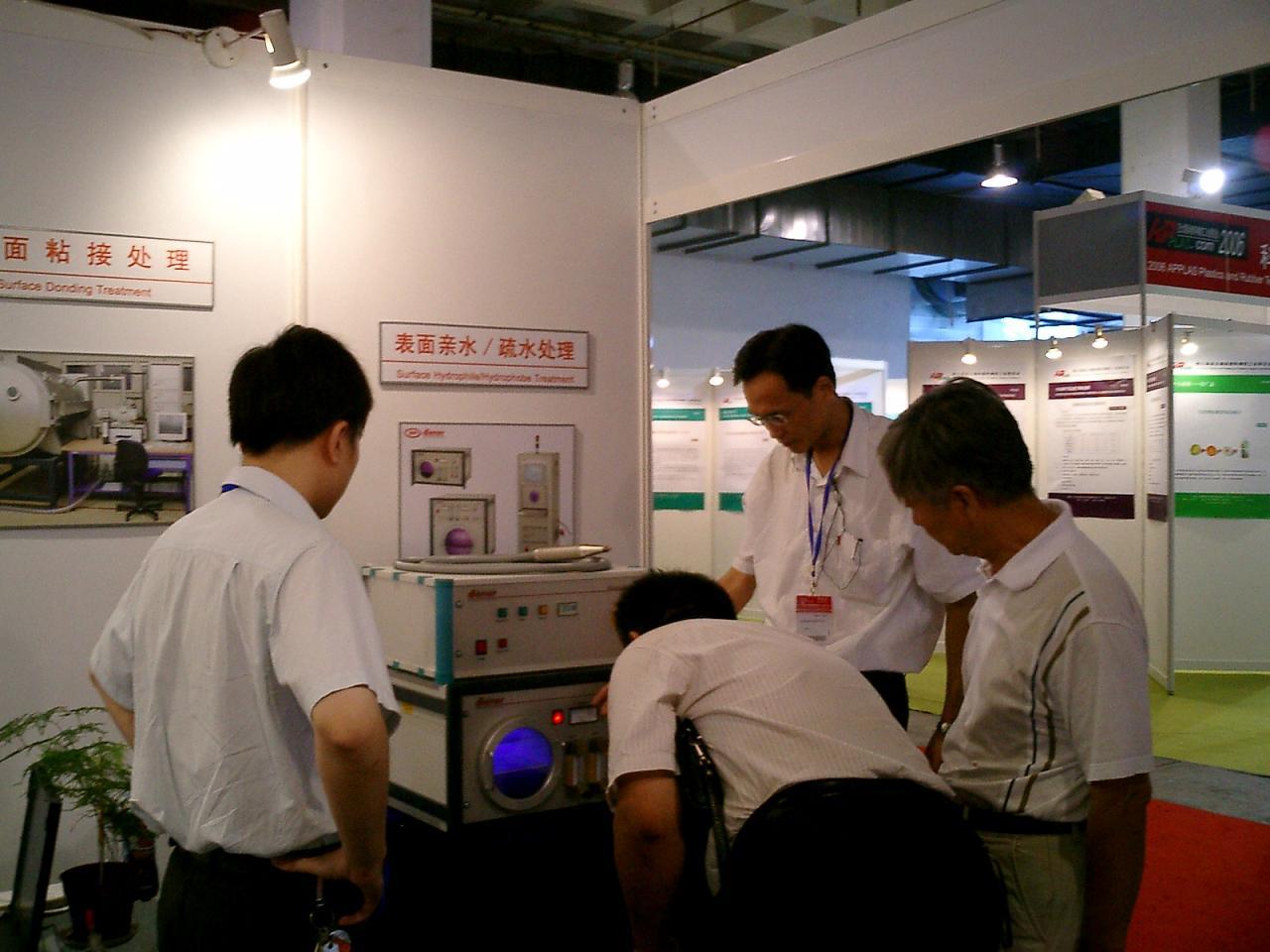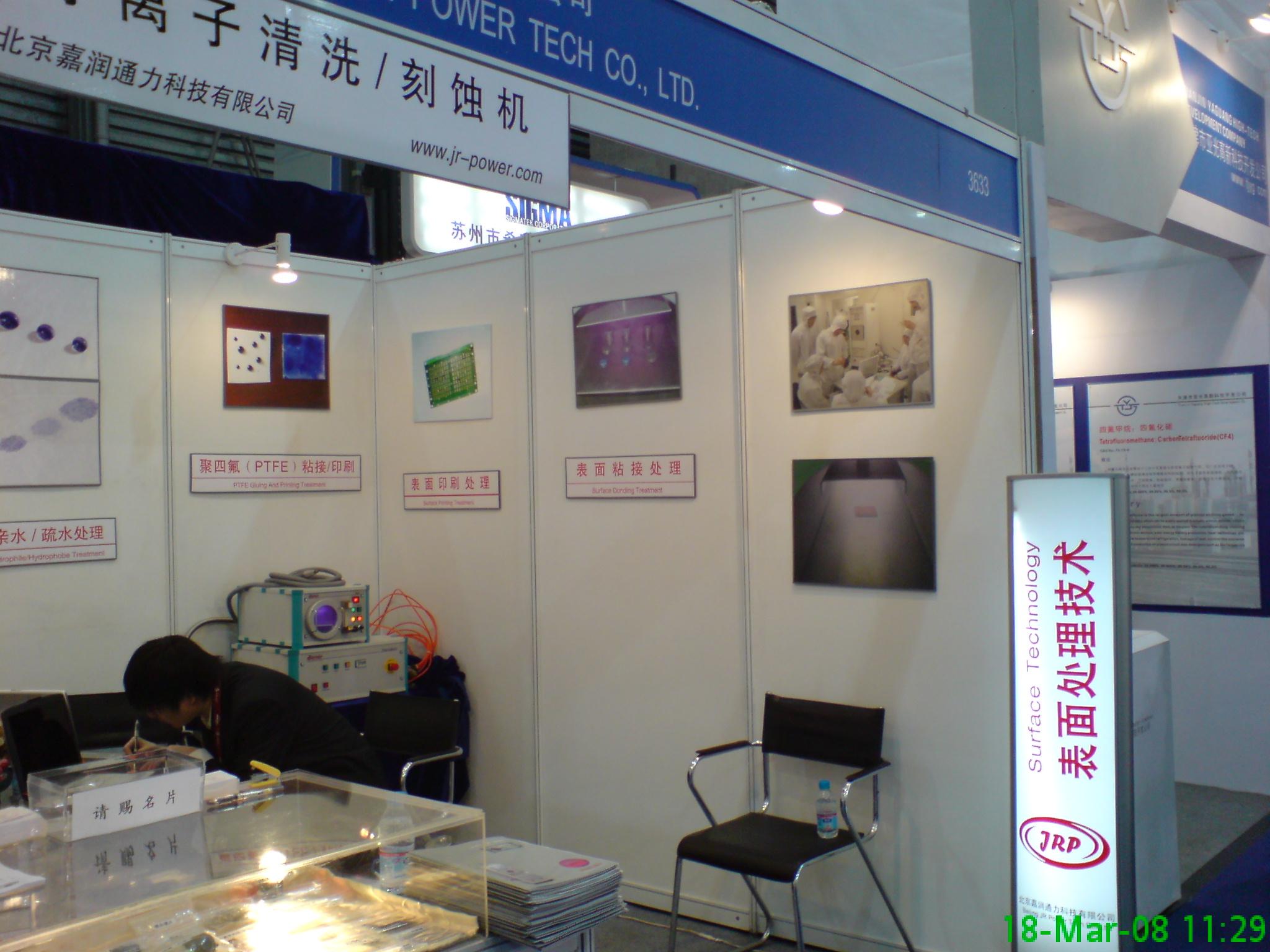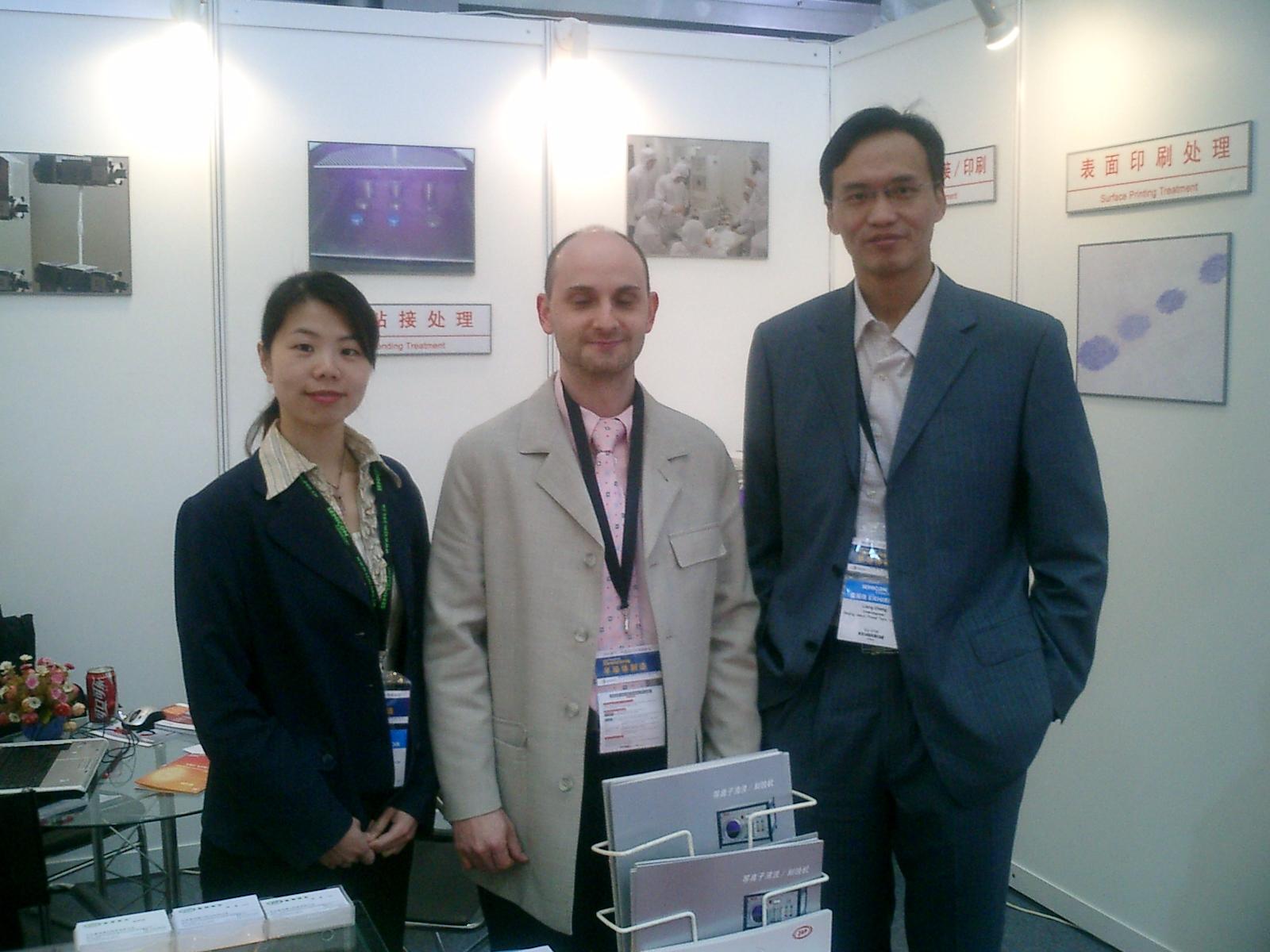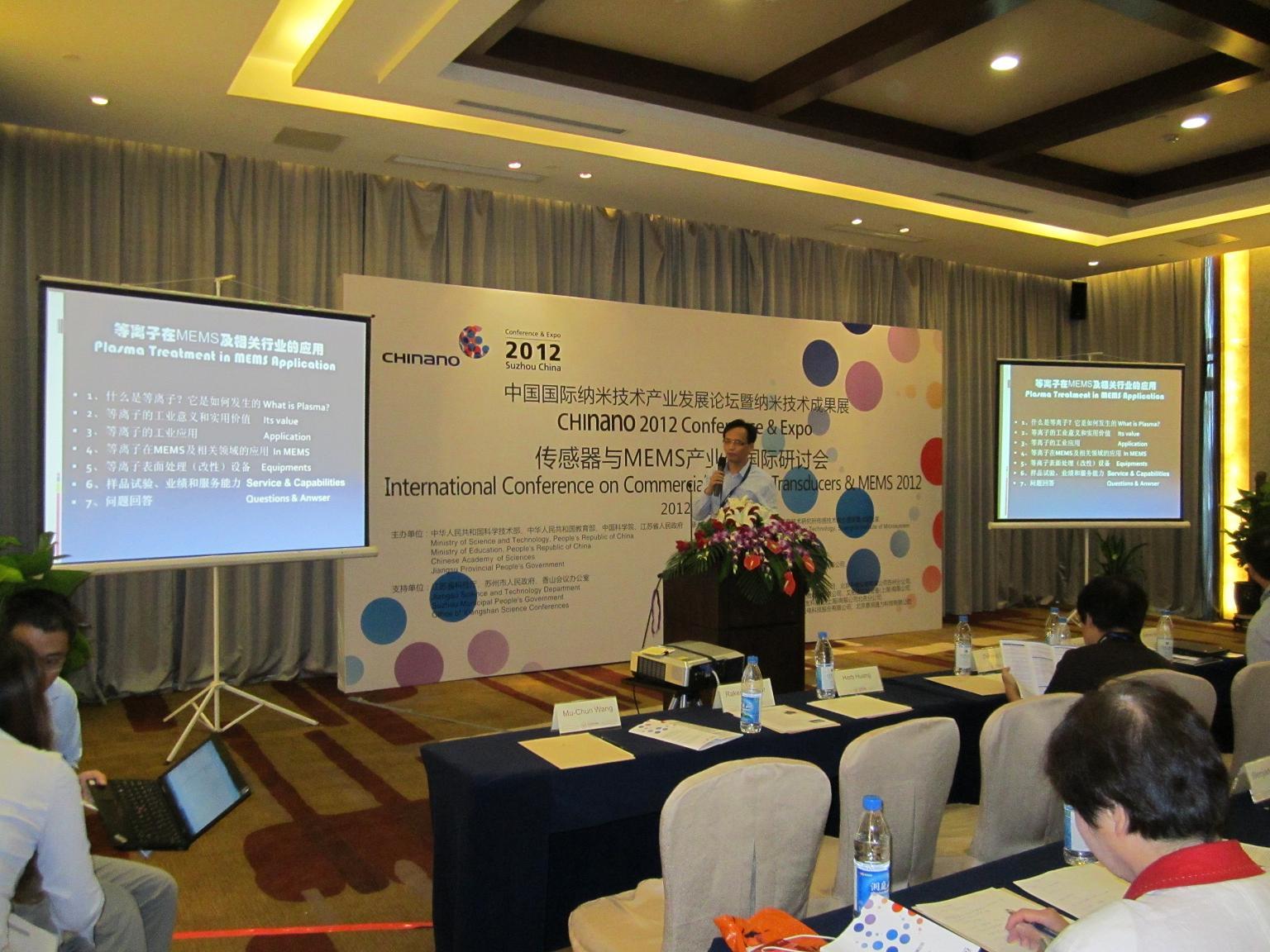
在北京国际展览中心参加了“亚太国际塑料橡胶工业展览会”

在上海新国际博览中心多次参加“SEMICON China 展览会”

在上海新国际博览中心多次参加了慕尼黑展览会”

在传感器与MEMS产业化国际研讨会

2014年8月1日,公司组织员工及家属去乌兰布统草原旅游

2016年,公司在第三届全球新材料行业大赛获“最具创新能力奖”。
The theoretical benefits of Insulation Fire Resistant Nano Coatings (IFRNCs) are compelling, but real-world validation is paramount. This article presents detailed case studies showcasing the successful application of IFRNCs across diverse sectors, highlighting the tangible results achieved, challenges overcome, and quantifiable benefits realized.
While the superior performance and space-saving benefits of Insulation Fire Resistant Nano Coating(IFRNCs) are compelling, the higher initial material cost per unit volume often raises eyebrows. A simplistic comparison based solely on material price is misleading. To make an informed decision, a comprehensive Total Cost of Ownership (TCO) analysis is essential. This article provides a detailed economic framework comparing IFRNCs to traditional fireproofing and insulation systems over their entire lifecycle, revealing where the true value lies.
For architects, engineers, specifiers, and facility managers, specifying Insulation Fire Resistant Nano Coating (IFRNCs) isn't just about performance claims; it's about verifiable compliance. The world of fire safety and insulation standards is complex, often fragmented by region and application. Understanding this landscape is crucial for selecting the right IFRNC, ensuring regulatory approval, and guaranteeing the intended level of protection. This article serves as your comprehensive guide to navigating the critical standards and certifications governing IFRNCs.
The exceptional fire resistance and insulation properties of Insulation Fire Resistant Nano Coating (IFRNCs) are only realized if the coating is applied correctly. Unlike forgiving bulk materials, the thin-film nature of IFRNCs makes precise application paramount. A single weak spot can compromise the entire system. This comprehensive guide details the critical best practices for installing IFRNCs to ensure they perform as designed for decades.
The drive towards sustainable construction and industrial practices isn't just about energy efficiency; it encompasses the entire lifecycle of materials, from cradle to grave. Insulation Fire Resistant Nano Coating (IFRNCs) emerge not only as high-performance protectors but also as significant contributors to environmental goals. This article delves into the multifaceted green credentials of IFRNCs, moving beyond simple energy savings to a comprehensive Life Cycle Assessment (LCA) perspective.
While revolutionizing building safety and efficiency, the impact of Insulation Fire Resistant Nano Coating (IFRNCs) extends far beyond walls and roofs. Their unique combination of ultra-thin profile, high performance, and versatility makes them ideal solutions for demanding applications across diverse industries and transportation sectors. This article explores these frontiers.
The relentless pursuit of safer, more energy-efficient buildings and materials has propelled nanotechnology to the forefront of fire protection and insulation. Insulation Fire Resistant Nano Coating(IFRNCs) represent a revolutionary leap, merging two critical functionalities into a single, ultra-thin layer. This article delves deep into the intricate science that allows these coatings to perform their dual magic.
The quest for materials that simultaneously resist extreme heat while insulating structures has culminated in Insulation Fire Resistant Nano Coating(IFRNCs). Unlike traditional intumescent paints that merely expand under heat, IFRNCs leverage molecular engineering to create dynamic thermal barriers. At the heart of this innovation are three nanoparticle systems:
Insulation Fire Resistant Nano Coating (IFRNCs) have already revolutionized passive fire protection, offering unprecedented levels of safety in remarkably thin layers. However, the pace of innovation shows no sign of slowing. Researchers and developers worldwide are pushing the boundaries, exploring novel materials, smarter functionalities, and enhanced performance to meet evolving safety challenges and sustainability demands. The future of fire protection lies in even thinner, smarter, and more multifunctional nano-coatings.